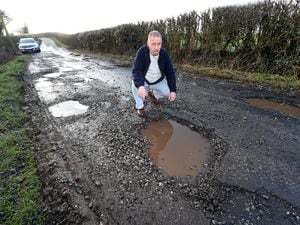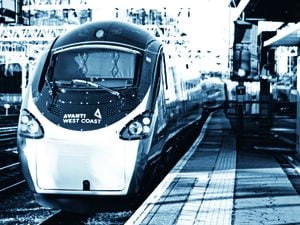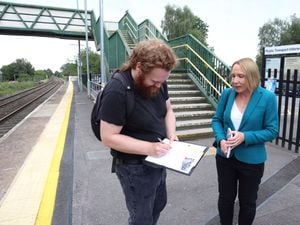Shropshire commuters get the short straw on train delays
It is something thousands of commuters had suspected for a long time – trains arrive later than we are led to believe.

Many a long-suffering commuter would have raised an eyebrow last month when Network Rail released its official reliability figures, showing that 89.9 per cent of trains across the country were on time.
And now we have proof those figures are misleading, after it emerged that data from Network Rail’s own signalling records revealed that only 64 per cent of trains were really on time – with the figure being much worse in Shropshire.
The new data, which unlike the official figures record the exact time each train arrives at each station, found that over the period from July 21 to 27, just over 52 per cent of trains due to arrive at Telford Central station were either late or cancelled.
Shrewsbury, by far the busiest station in the county, did slightly better, but still saw nearly 43 per cent of trains either delayed or cancelled. Craven Arms, one of the worst performing stations in Shropshire, saw nearly 57 per cent late or cancelled. At Wellington, the figure was 46.5 per cent.
They contrast sharply with the official figures, known as the Public Performance Measure or PPM. These consider local trains to be ‘on time’ if they arrive within five minutes of their scheduled time, and national services if they are less then 10 minutes late.
But, crucially, the official figures only measure each service at its final destination.
This has led to claims that rail operators are ‘padding’ timetables – allowing more time than is actually needed for the last stretch of the journey, so that a train which has been running late at every previous stop can be declared ‘on time’ if catches up at the end. This might explain why the signalling data shows that Shrewsbury station, where many of the major services terminate, performs better than Telford.
The figures also show that rail services in Shropshire are much less punctual than those at stations just a short distance away. In Stafford, less than a third of trains were delayed or cancelled, while for Wolverhampton and Walsall, the figure was 36 per cent. At Sandwell & Dudley, 37 per cent of trains were delayed or cancelled.
Recognising the shortcomings of the official PPM measure, the Rail Delivery Group, which represents Britain’s train operators, last month announced it would be moving towards publishing ‘right-time’ punctuality statistics, which record the exact time each train arrives at each station.
It is thought that Network Rail will adopt right-time as one of its official measures by April 19. A spokesman said: “The process for gathering data of this accuracy is currently not 100 per cent reliable, and the industry is working on improving the quality of this information to make right-time data more reliable.”
Network Rail also said at the moment, right-time data was an unreliable measure of performance and did not represent the results and experience of passengers using long-distance operators, which enjoyed some of the best passenger satisfaction levels in the industry.
Les Lumsdon, of the Marches Rail Users Alliance, said he was not at all surprised by the figures, adding: “I live in Ludlow, and find that a train may very well be running late through Shropshire, and it will then make up the time as it arrives at its destination, say in Cardiff.”
Mr Lumsdon said the number of late or cancelled trains for Craven Arms was particularly high. He added: “The other thing that happens is that if a train is, say 15 minutes late, it will not stop at some of the stops in an attempt to make up the time. That is very annoying.”
He said that the delays were not always the train operators’ fault, though.





